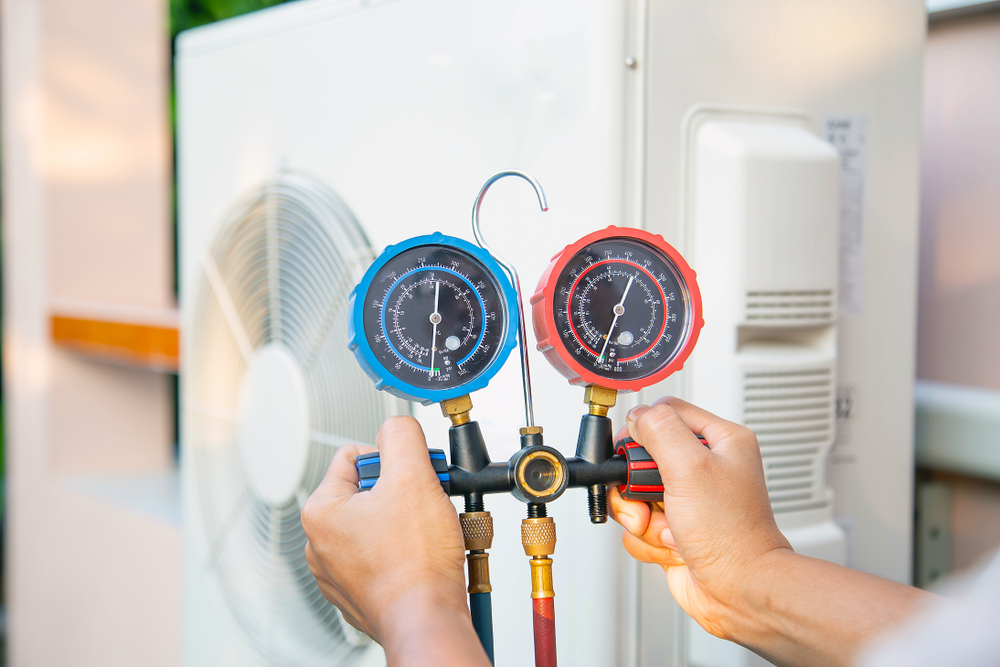Air conditioning installation involves several steps to ensure proper setup and functionality. Here’s a comprehensive guide to the process:
1. Assessment and Planning:
- Evaluate the space to determine cooling needs based on size, layout, insulation, and occupancy.
- Choose the appropriate type of air conditioning system (central, ductless mini-split, window unit, etc.) based on the assessment.
- Plan the location for indoor and outdoor units, considering factors such as airflow, accessibility, and aesthetics.
2. Obtain Necessary Permits:
- Check local regulations and obtain any required permits for installing or replacing an air conditioning system.
3. Gather Materials and Tools:
- Ensure you have all the necessary equipment, including the air conditioning unit, refrigerant lines, electrical wiring, mounting brackets, insulation, and basic hand tools.
4. Install Indoor Unit (Evaporator):
- Mount the indoor unit on a wall or ceiling according to manufacturer instructions, ensuring proper support and clearance.
- Connect the indoor unit to the refrigerant lines, drainage system, and electrical wiring.
- Insulate refrigerant lines to prevent energy loss and condensation.
5. Install Outdoor Unit (Condenser):
- Position the outdoor unit on a stable surface with proper airflow and clearance.
- Connect the outdoor unit to the indoor unit using refrigerant lines, ensuring proper sizing, routing, and insulation.
- Connect electrical wiring from the outdoor unit to the power supply.
6. Electrical Wiring:
- Wire the air conditioning system to the electrical panel, ensuring proper voltage and amperage.
- Install a dedicated circuit breaker for the air conditioner if required.
7. Test the System:
- Turn on the air conditioning system and test all components for proper operation.
- Check for refrigerant leaks using a leak detector or soapy water solution.
- Ensure proper airflow and temperature control in the indoor space.
8. Commissioning:
- Adjust system settings and controls for optimal performance and efficiency.
- Program the thermostat to desired temperature settings and operating modes.
- Provide user instructions and demonstrate how to operate the air conditioning system.
9. Clean Up and Documentation:
- Clean up any debris or waste materials from the installation site.
- Document installation details, including equipment specifications, wiring diagrams, and warranty information.
- Provide the customer with copies of documentation and instructions for future reference.
10. Follow-Up and Maintenance:
- Follow up with the customer to ensure satisfaction and address any questions or concerns.
- Schedule regular maintenance, including filter replacement, coil cleaning, and system inspections, to ensure optimal performance and longevity.
Safety Precautions:
- Always follow safety precautions when working with electrical wiring and refrigerant.
- Use personal protective equipment (PPE) such as gloves, safety glasses, and hearing protection.
- Turn off power to the electrical panel before performing any electrical work.
By following these steps and safety precautions, you can successfully install an air conditioning system to provide cool and comfortable indoor environments. If you’re not confident in your ability to perform the installation, it’s best to hire a professional HVAC technician to ensure the job is done safely and correctly.
